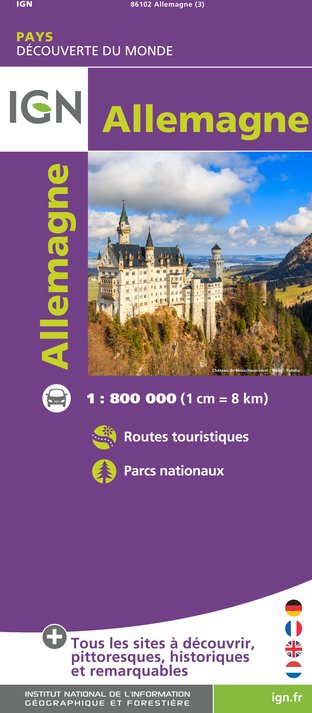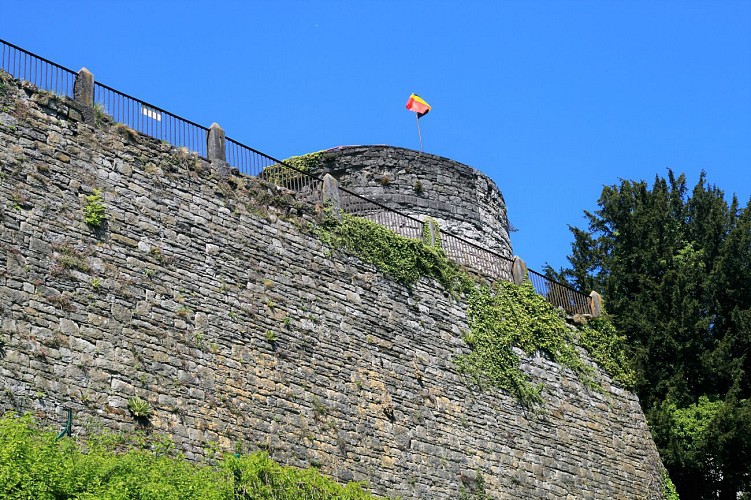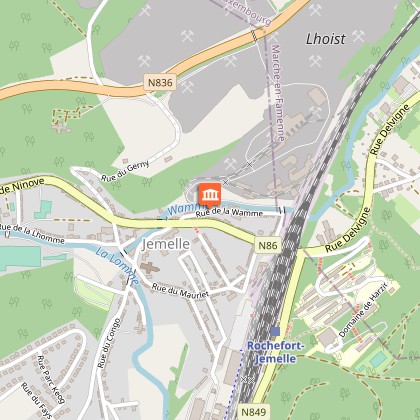Alert
Alerts
Type of practice
Walking
Medium
3h15mn
Running
Medium
1h20mn
Cycling
Easy
40mn
Presentation
Description
Map
Points of interest
Ratings and reviews
See around
UNESCO Global Geopark Famenne-Ardenne : Geotrail of Rochefort





Credit : Geopark Famenne-Ardenne
IGN cards

105 CHARLEVILLE-MÉZIÈRES VERDUN FÔRET DES ARDENNES VALLÉE DE LA MEUSE
Editor : IGN
Collection : TOP 100
Scale : 1:100 000
8.40€

D02-08 AISNE ARDENNES
Editor : IGN
Collection : CARTES DÉPARTEMENTALES IGN
Scale : 1:150 000
5.90€

EUROPE
Editor : IGN
Collection : DÉCOUVERTE DES PAYS DU MONDE IGN
Scale : 1:2 500 000
7.00€

PAYS-BAS BELGIQUE LUXEMBOURG
Editor : IGN
Collection : DÉCOUVERTE DES PAYS DU MONDE IGN
Scale : 1:300 000
7.00€

ALLEMAGNE
Editor : IGN
Collection : DÉCOUVERTE DES PAYS DU MONDE IGN
Scale : 1:800 000
7.00€
Description
"Tracing the courseof the Lomme"
This geotrail starts from the centre of Rochefort and leads to Jemelle via the RAVeL 150 cycle path, along the valley of the Lomme. The valley here follows the limestone strip and is shaped by major karst phenomena. The return to Rochefort is along the left bank of the Lomme, climbing up to the edge of the Gerny plateau and including a suggested detour to visit the Gallo-Roman villa in Malagne.
Technical Information
Walking
Difficulty
Medium
Duration
3h15mn
(1d)
Dist.
12 km
Type of practice
Walking
Medium
3h15mn
Running
Medium
1h20mn
Cycling
Easy
40mn
Show more
Altimetric profile
Starting point
10
Place Roi Albert Premier
,
5580
Rochefort
Lat : 50.15896Lng : 5.22349
Points of interest
Data author

proposed by
UNESCO Global Geopark Famenne-Ardenne
2 Place Théo Lannoy 5580 Rochefort Belgique
Ratings and reviews
To see around












